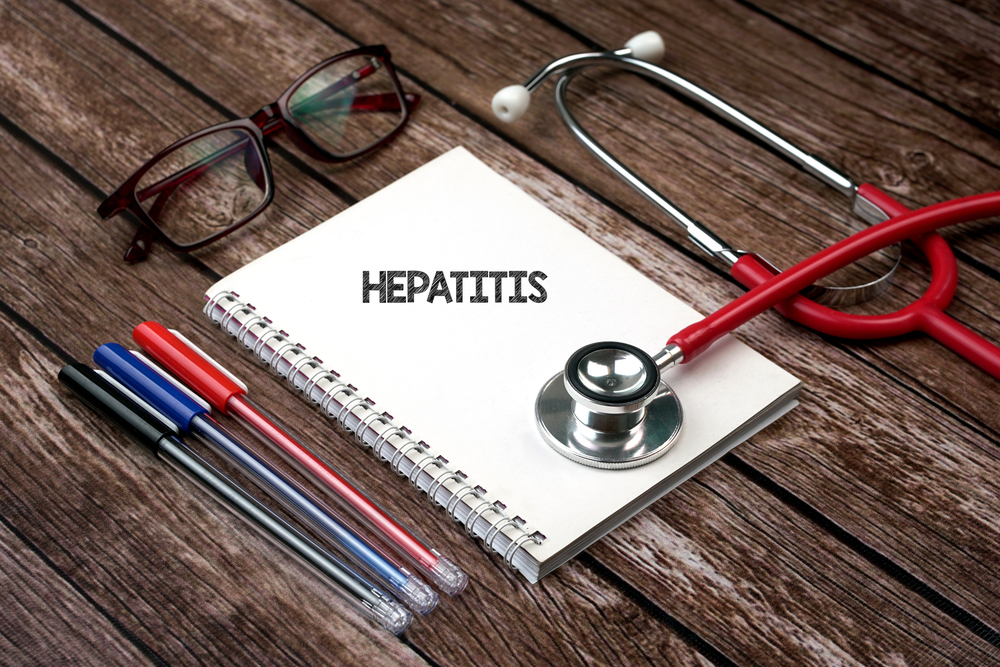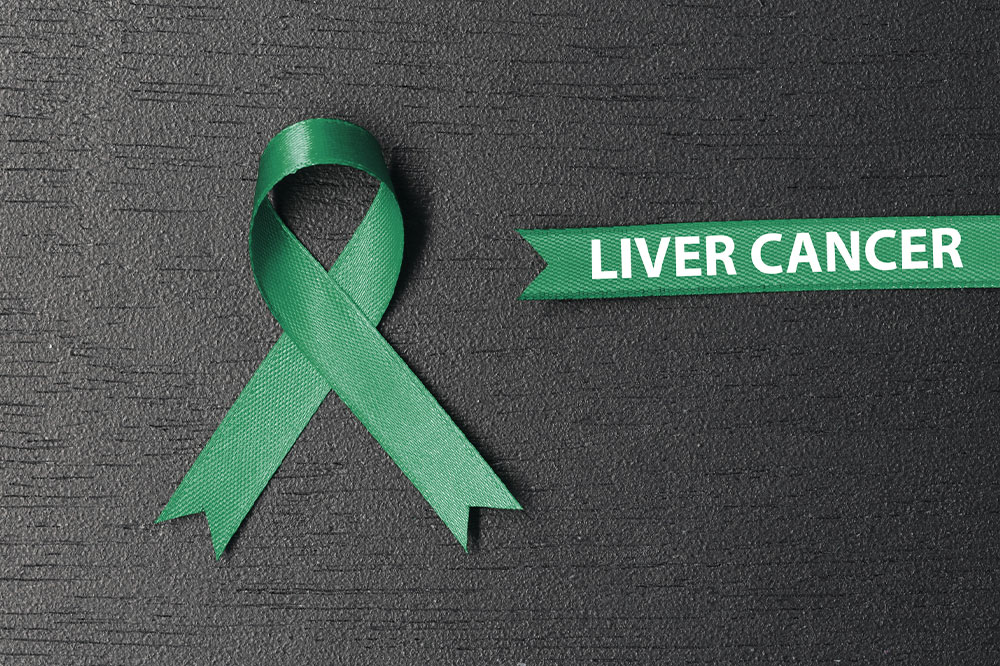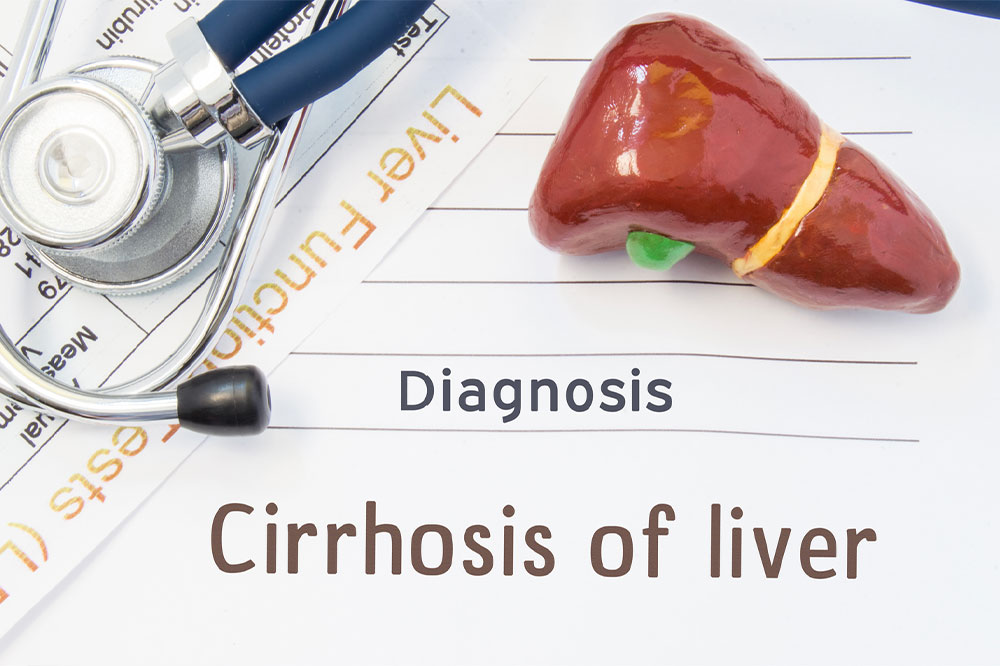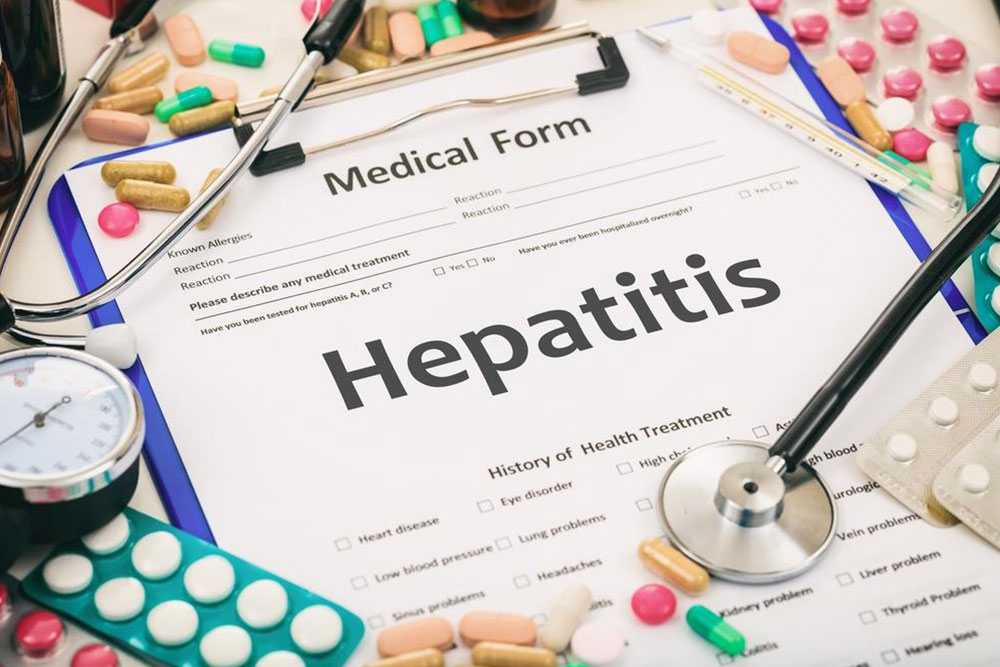Comprehensive Insights into the Common Causes of Fatty Liver Disease
Fatty liver disease, characterized by excess fat in the liver, can be caused by excessive alcohol intake or metabolic disturbances. Understanding these causes is vital for prevention and treatment. This comprehensive guide explores alcohol-related and nonalcoholic fatty liver disease, highlighting risk factors, underlying mechanisms, and health implications. From lifestyle changes to medical interventions, learn how to protect liver health and prevent disease progression. Early diagnosis and management are crucial to avoiding serious complications such as cirrhosis or liver failure, making awareness and proactive measures essential.

In-Depth Explanation of the Primary Causes of Fatty Liver Disease
The liver plays a vital role in the body's metabolic processes, particularly in breaking down fats and managing lipid levels. Under normal circumstances, a small amount of fat—about 5 to 10% of the liver's total weight—is present in a healthy liver without causing concern. However, when fat accumulates beyond this threshold, it signals a condition known as fatty liver disease, also called hepatic steatosis. This condition is characterized by excess fat stored within liver cells, disrupting normal liver function and potentially leading to more severe health complications if left unchecked. Fatty liver disease is broadly classified into two primary categories based on its origin: Alcohol-related fatty liver disease (AFLD) and Nonalcoholic fatty liver disease (NAFLD). Each type has distinct causes, risk factors, and potential impacts on health.
Alcohol-related fatty liver disease (AFLD)
Nonalcoholic fatty liver disease (NAFLD)
Understanding the differences and causes of these two types is crucial for diagnosis, prevention, and treatment efforts.
Alcohol-Related Fatty Liver Disease (AFLD) is primarily caused by excessive alcohol consumption. Chronic or heavy drinking causes fat to build up in liver cells because alcohol metabolism interferes with normal lipid processing. Even moderate alcohol intake can contribute to fatty liver in susceptible individuals. Besides alcohol, genetic factors may influence one's vulnerability to AFLD. Certain genetics can affect how efficiently the liver metabolizes alcohol, increasing the likelihood of fat accumulation. Additional contributing factors include lifestyle choices and other health conditions such as obesity, which can exacerbate the situation. Over time, AFLD may progress to more severe liver conditions like alcoholic hepatitis or cirrhosis if alcohol intake is not moderated and appropriate medical intervention is not sought.
Nonalcoholic Fatty Liver Disease (NAFLD) is more complex and typically results from disturbances in fat metabolism within the liver itself. Since the liver is the body's central organ for removing fats and toxins from the bloodstream, any disruption in these processes leads to abnormal fat deposition. This condition is often associated with metabolic syndromes such as obesity, insulin resistance, type 2 diabetes, and dyslipidemia. Excess visceral fat produces inflammatory substances and hormones that interfere with normal liver function, leading to increased fat buildup. The progression of NAFLD can cause inflammation of the liver tissue, known as nonalcoholic steatohepatitis (NASH), which can lead to liver cell damage, scarring, and eventually cirrhosis. Key contributors to NAFLD include:
Obesity and Diabetes: Excess body fat affects hormone levels and blood proteins, increases fatty acids in the blood, and promotes insulin resistance, disrupting normal fat breakdown and storage within the liver.
Pregnancy: Hormonal fluctuations during pregnancy can occasionally cause a condition called acute fatty liver of pregnancy, which may endanger both mother and fetus. Medical management often involves early delivery and close obstetric care to prevent complications.
Preventing and managing fatty liver disease requires lifestyle modifications, medical interventions, and ongoing monitoring of liver health.





